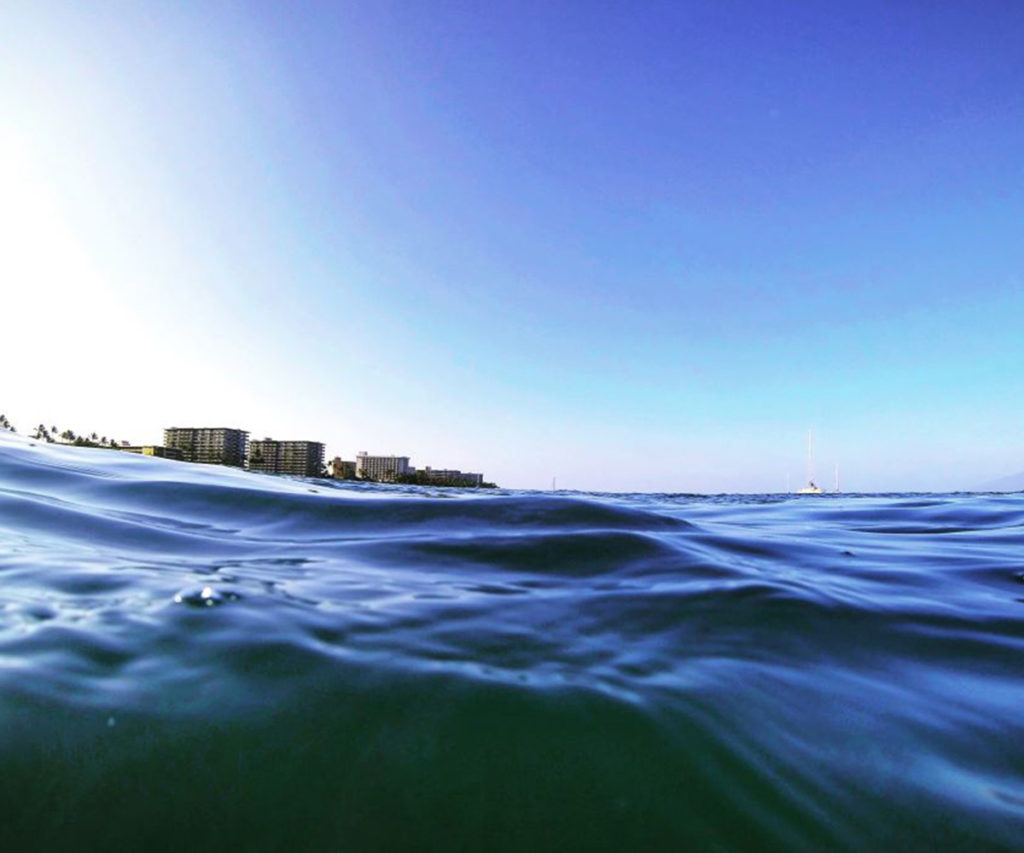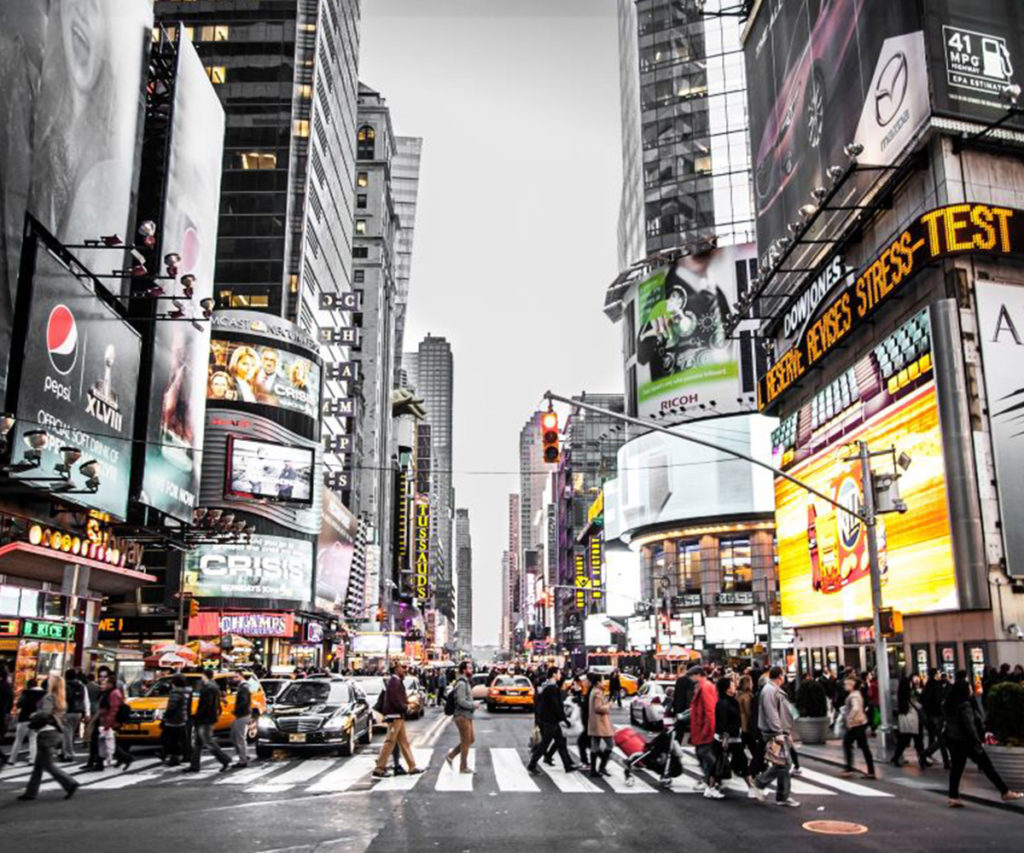Tourism is one of the world’s largest and fastest growing industries, growing faster than the global economy for the eighth successive year, simultaneously supporting local economies and spreading cultural understanding around the globe. But tourism is also one of the world’s most important industries, especially looking forward. For anyone who travels, it is imperative that we take time to understand how our preferences drive the industry, thus ensuring we take an active role in shaping a more impactful and ethical tourism sector.
Tourism: Global Powerhouse and Job Creator
Like we said, the tourism industry is big, contributing a whopping US$7.6 trillion to the global economy, equivalent to the current worldwide healthcare expenditure. But it is also unique in terms of how it directly impacts communities and how it can shape a better world.
For starters, tourism is one of the biggest providers of employment opportunities, responsible for one in 10 jobs globally, with some predicting that to increase to one in five within the coming decades. Moreover, the jobs created disproportionately benefit women and youth, as well as providing jobs in some of the world’s least developed economies. Finally, jobs in tourism usually require little formal training, meaning they can be perfect for the undereducated, or people who are displaced by automation.
Iceland is an example of a country that saw an economic revival from tourism, a feat once unimaginable when the country’s three major banks collapsed during the financial crisis in 2008. Nine years later, in 2017, Iceland’s economy was growing at more than 7% a year, and the unemployment rate was lower than 3%. In fact, the number of employees in tourism-related sectors has increased by more than 68% since 2013.

But for many countries, tourism is both a bane and boon. In Iceland, for example, the 2.2 million visitors in 2017 easily outnumbered the 355,000 local residents. And with just one hotel room for every five visitors, wealthy residents have bought up properties to rent to tourists, thus pricing out local residents in the capital of Reykjavik. The massive influx of tourists means that once serene scenic spots are now overcrowded, vandalized, and nearly gone forever.
In Belgium, tourism has created single-use infrastructures that are packed solid in peak seasons but remain mostly vacant and are rarely used for other purposes during the rest of the year. At travel destinations where much of the land is used for purely tourism-related businesses, little space is left for infrastructure that would benefit local communities.
It is little wonder, then, that tensions are high among local residents in popular travel destinations: graffiti started appearing on walls in Barcelona with messages such as “Tourists go home, refugees welcome”; the Nanzoin temple in Fukuoka prefecture, Japan, has hung up signs in 12 languages to ensure tourists know that they are not welcome; for years in Hong Kong, locals’ negative sentiments towards mainland Chinese tourists show little signs of abating over issues such as overcrowding and the preposterous number of pharmacies all over the city; and 14 European cities have created the Network of Southern European Cities against Touristification to urge their governments to regulate tourism.

Despite the potential negative impact of tourism, the reality is that the industry has immense potential for good. As mentioned, tourism is a leading source of employment, generating more than 10% of the world’s GDP and 292 million jobs worldwide.
On the individual level, travelers can start with being mindful of responsible practices to leave as little negative impact to their travel destinations as possible.
But for tourism to benefit local economies and the environment, government departments, travel companies, NGOs and the local community need to work together to manage a destination, such as encouraging travels during off-peak seasons and distributing tourism beyond the most popular areas. For example, local governments and travel companies may consider the promotion of walking tourism, which requires a relatively small investment but allows tourists to better engage with the locals, nature and culture, and yields high social and economic returns for both local residents and tourists. Supporting and promoting low-carbon transportation means is yet another initiative that governments can consider, such as the Swedish government’s recent announcement of funding the creation of overnight train services from Sweden to the European mainland. Additionally, science-based data-driven analysis can help local governments to better manage destinations by providing insights into the hidden costs of tourism.
So as you and your family travel this summer, keep in mind the impact – for good and bad – that you are having on the places you visit. How can you engage with local culture and grow personally, while also helping local communities? These can be achieved by choosing to stay and dine at hospitality businesses that are known for sustainability initiatives, from local and sustainable sourcing to food waste and plastic waste reduction, as well as energy and water conservation – learn more about good practices in the hospitality industry from G.R.E.E.N. Hospitality Conference’s blog here. Taking time to consider questions like this will not only enrich your journey, but make similar journeys possible for generations to come.




